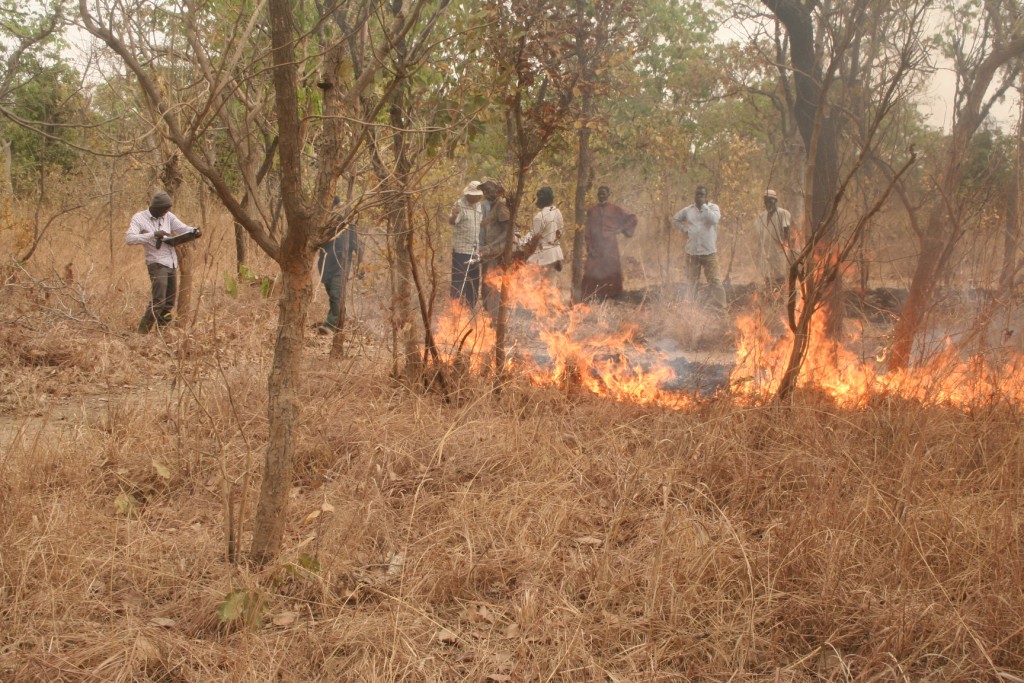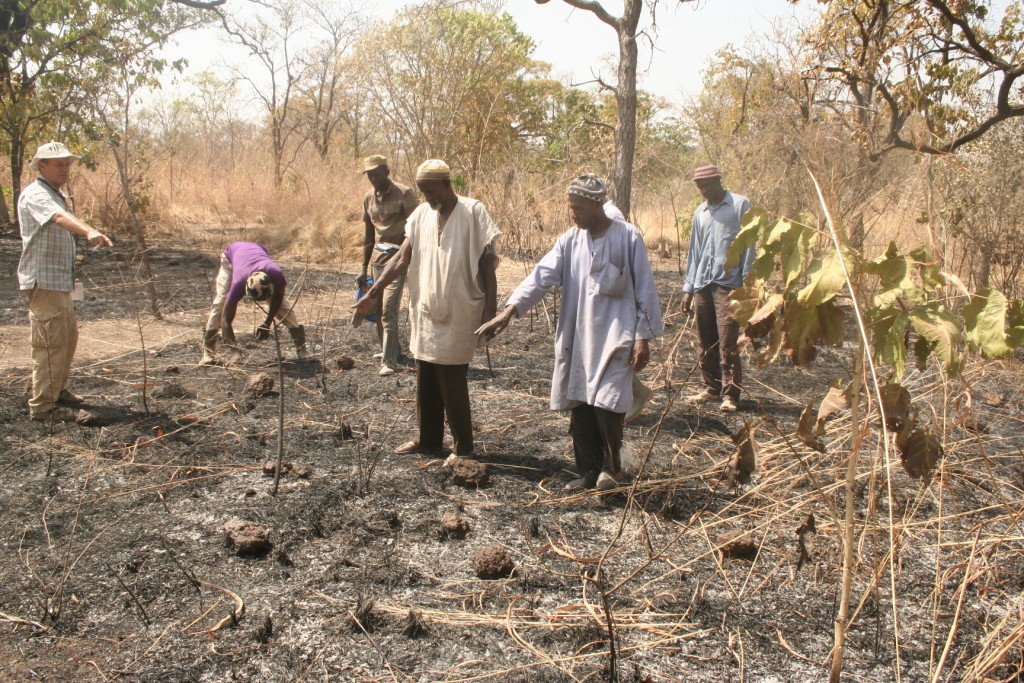Engineering the Earth
The African savannah encounters more wildfires than any other region in the world. In order to estimate greenhouse gas emissions from these fires, Dr. Paul Laris, professor and chair of Cal State Long Beach’s geography department, and his colleagues are taking “very fine scale and local measurements” of fires burning various types of savannah and grasses at different times of the year. This will also show if the time of year affects emission rates.
When fires burn in Africa, they release three key greenhouse gases: carbon dioxide, carbon monoxide and methane. When grasses regrow after rains return, they reabsorb the carbon dioxide that was released from the fires’ emissions. Other chemicals and gasses are not reabsorbed during regrowth.
“Plants do not reabsorb carbon monoxide, methane and other gases that are released,” said Laris. “Those gases remain in the atmosphere and methane in particular is a very important gas. The numbers – the emission estimates for the African region – for methane can be off by 25 to 30 percent.”
Through field research, Laris is aiming to provide those accurate estimates of emissions from the Sudanian Savannah in Mali, West Africa. Once acquired, they can be used as a guide to verify or correct the current global models of emissions.


“When we study emissions in Africa, we’re on the ground with a portable device not so different from the devices that people used to use to measure tailpipe emissions from a car,” Laris said. “Except we have a modified one with a very long pole on it where we can put it in the fire that’s on the grassland in the savanna and measure carbon monoxide, carbon dioxide and methane.”
Assisting with the research effort was Dr. Donald Blake, a chemistry professor at University of California, Irvine, who provided 48 vacuum steel containers. Those containers have the capacity to pull samples of smoke from fires. Further analysis provided vital information about the fires.
“Now we not only have emissions from 150 to 160 fires in the field for three gases, but we also have containers for about 40 different fires that not only have those three gases that we’re interested in, but every single gas that comes from the fire,” Laris said.
Laris said human intervention is the cause of savannah fires. He said people tend to feel the need to control their fire-prone environment – a region of continuous beds of grass, long dry seasons, and desert winds can make for a dangerous place to live during the wrong time of year. By setting controlled fires at appropriate times (cooler temperatures, less wind), people can lower the odds of uncontrolled fires by eliminating the fuel that feeds the fires.
“Native Americans in Southern California used to set fires for some of those very same reasons – to protect themselves from bad fires,” Laris said. “They also did it to modify the landscape to make it easier for hunting and other land uses. West African people basically do the same thing; it’s a way of rendering the land useful for agriculture, herding animals and hunting.”
Laris’ interests in fires began in his youth. He remembers sitting in his backyard at his childhood home in Santa Barbara when he was 16 years old, looking down at the canyon and watching a fire burn across the landscape.
“Fire was a perfect thing to study because they tell you, ‘You better pick something really interesting because you’re going to be sick of it by the time you finish your thesis,’ when you do a thesis or a Ph.D. dissertation,” Laris said. “Well, I’ve been doing this now for over 15 years, and I’m certainly not at all tired of it.”
Take a walk through an African savanna fire with Dr Paul Laris.